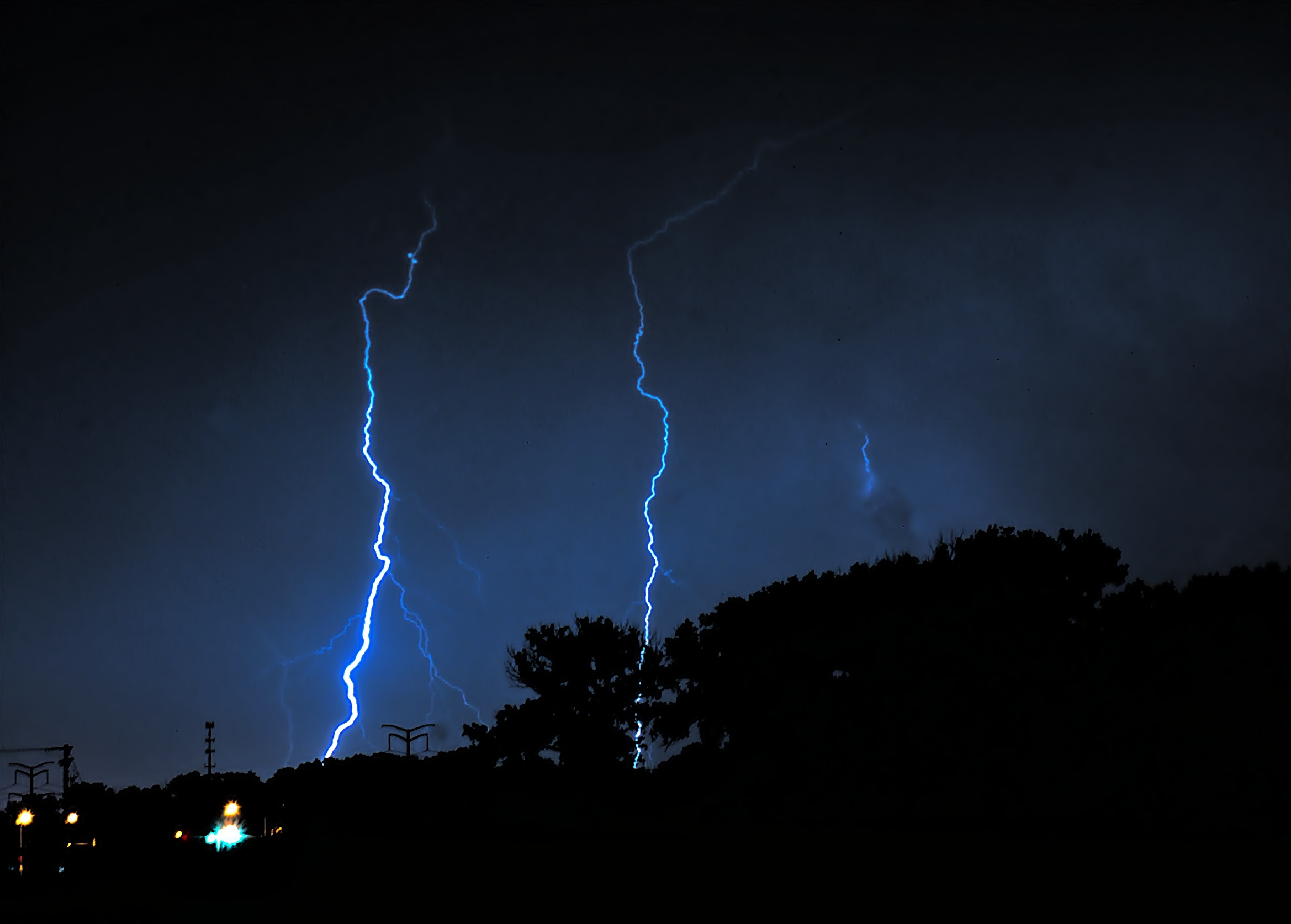Which Weather Conditions Result In Most Accidents – Shocker!
Thursday, 19. November 2015
We all know the dangers that we face as motorists following a heavy snowfall. People slow down and drive much more carefully as they tend to do when they see the temperature on their dashboard drop to about zero with the threat that there could be ice about.
Thinking of a change but unsure as to the best way to finance your car? Then you need a copy of my car finance book, Car Finance – A Simple Guide by Graham Hill. Click on the link below to buy the best car finance book on the market, available as a Kindle Book and Paper Back.
But a bit of heavy rain seems to make little or no difference to the way we drive. This had led to more serious accidents in heavy rain than in any other weather conditions. According to Government figures the number of serious accidents each year correlate with the months when we have seen the heaviest rainfall.
The report compared the month by month casualty totals for pedestrians, cyclists, motorcycle users and car occupants between 1997 and 2012 then matched these figures with average UK monthly rainfall and temperature figures for the same period. The results showed that the highest months for precipitation (rain sleet and snow) increased the likelihood of serious injuries.
The main months were April, June, July, August September and November. Strangely higher than average temperatures in December led to more serious injuries for motorists (wonder if this had anything to do with fog that seems to have been ignored – duh).
The findings suggested that heavy snow and ice are not such regular occurrences whereas rain is something we get used to throughout the year so we don’t really change our driving styles. At this point they then started to compare years when the months in question had ‘normal’ weather conditions with the months in other years when the weather was considerably wetter and they found that many more deaths occurred across the board with pedestrians, cyclists, motor cyclists and car drivers all being impacted.
So I guess the message here is that you should not take rain for granted and treat the weather conditions in the same way as you would treat snow and ice – with greater caution! By Graham Hill

![Reblog this post [with Zemanta]](http://img.zemanta.com/reblog_e.png?x-id=652dc6e8-051c-4f9c-9329-696e7d5e7608)